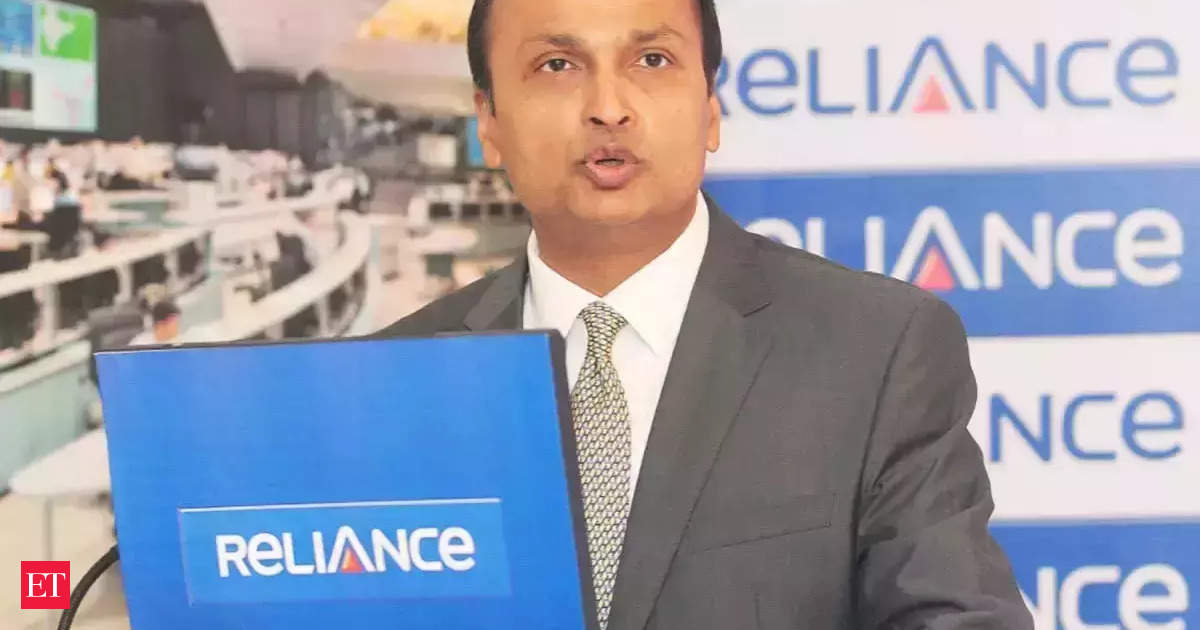The decision comes in response to allegations of embezzlement in Reliance Home Finance (RHFL), where former chairman Anil Ambani was implicated in a fraudulent scheme. According to the detailed 222-page order of SEBI, Ambani, using his position within the ADA Group and indirect stake in RHFL, misappropriated funds by channelling them as loans to related entities.
However, things did not always look so bad. There was a time when Anil Ambani… Capital of trust He stood out with a market capitalization exceeding 70,000 crore rupees, even surpassing HDFCand was hailed as one of India’s leading financial institutions.
Here’s a look at when and how the leading financial firm run by Anil Ambani in 2007 ended up bankrupt.
2002: Anil Ambani took over Reliance Industries’ financial services, energy and telecom businesses in 2002 following the death of his father, Dhirubhai Ambani.
2007: In 2007, Reliance Capital under Anil Ambani had a market capitalisation of over Rs 70,000 crore, surpassing HDFC. Ambani confidently claimed that Reliance Capital was among the top three financial institutions in India.Read also: How the former sixth richest man in the world went bankrupt and was banned in just over a decade2008: He global financial crisis The year 2008 brought severe liquidity problems for financial services companies. Despite these challenges, the Ambani-led ADAG Group continued its aggressive expansion. This period saw significant investments, including a joint venture with Steven Spielberg’s Dreamworks and acquisitions of companies such as Global Cloud Xchange, Zapak, UTV Television, Pipavav Shipyard and MTS Telecom.
In the following years, the group ventured into infrastructure, with projects such as Power of trustalong with its forays into the defence and media sectors, began to create financial stress. The group’s entry into these sectors was ill-timed, worsening financial conditions. Reliance Communications (Rcom), which was initially expected to be a major profit driver, struggled due to high leverage and the industry’s shift from CDMA to GSM technology.
2018: By 2018, Reliance Capital financial difficulties were highlighted when the rating agency Care downgraded the company’s rating to default.
The situation was worsened by the liquidity squeeze following the bankruptcies of IL&FS and DHFL. To further aggravate the crisis, Reliance Capital’s auditor PwC refused to sign off on the financial year 2019 due to governance issues.
2019: In 2019, Anil Ambani’s financial troubles culminated in his filing for bankruptcy in a UK court, marking a dramatic decline from his previous status as a major business figure.
2021: In 2021, Reliance Capital’s financial condition worsened as its major lending subsidiaries, Reliance Home Finance and Reliance Commercial Finance, defaulted. These defaults were mainly due to loans extended to related parties that also defaulted. In November 2021, Reserve Bank of India stepped in, replacing Reliance Capital’s board and initiating bankruptcy proceedings.
(With contributions from TOI)
Disclaimer:
The information contained in this post is for general information purposes only. We make no representations or warranties of any kind, express or implied, about the completeness, accuracy, reliability, suitability or availability with respect to the website or the information, products, services, or related graphics contained on the post for any purpose.
We respect the intellectual property rights of content creators. If you are the owner of any material featured on our website and have concerns about its use, please contact us. We are committed to addressing any copyright issues promptly and will remove any material within 2 days of receiving a request from the rightful owner.

